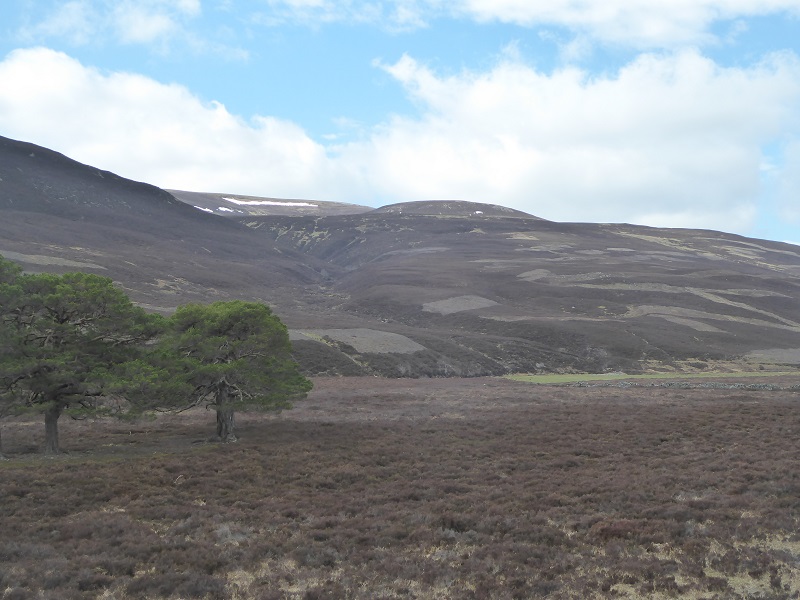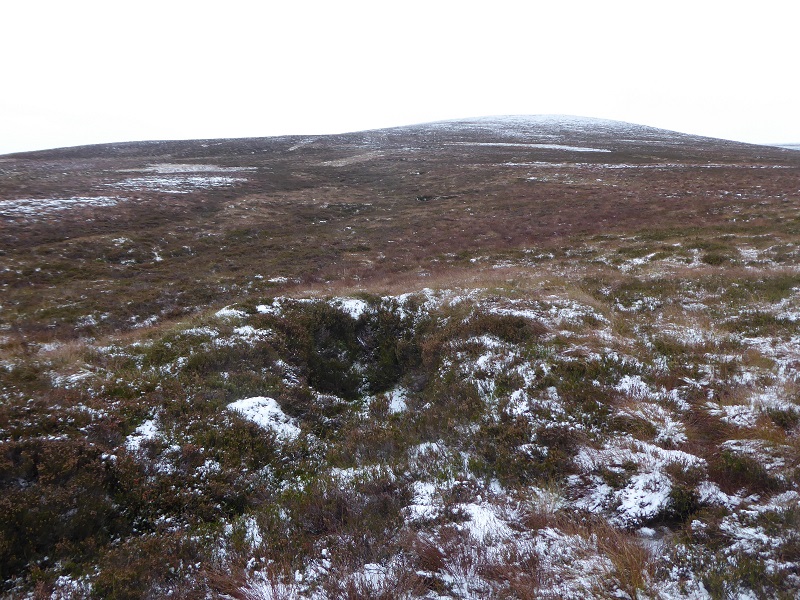
[UPDATE: This post was prompted by an article in the Guardian claiming NTS had decided to end driven grouse shooting at Mar Lodge. This was subsequently changed – thanks to James Shooter for pointing this out. I have since checked with NTS staff who have helpfully explained they adopted a new Vision and Master Plan for Mar Lodge estate earlier this year – which unfortunately does not appear to be public – and in this adopted a policy decision NOT to undertake muirburn for grouse moor management purposes. They also clarified that there has been no driven grouse shooting on the estate for a number of years – see Bob Reid’s comment below. I have asked for a copy of the Vision and Management Plan and will comment on this in due course but meantime have decided to leave the post up, despite the errors (which I have now marked with comments), because it does appear to me that NTS is moving closer to the position of Cairngorms Connect and further away from the estates in the East Cairngorms Moorland Partnership in terms of its policy and practice. That is welcome)
With the battle to ban driven grouse shooting intensifying at both the Scottish and the UK level (see here for example), it was great to see the coverage on the inglorious 12th of the National Trust for Scotland’s decision to stop driven grouse shooting at Mar Lodge (see here). [First version of Guardian article got it wrong, the new policy decision was about muirburn not driven grouse shooting]. I had been in touch with NTS earlier this year following a post on Fires, muirburn and Mar Lodge National Nature Reserve. It seemed to me crazy that NTS were working to regenerate the pine forest on part of the estate but not in their declared hunting zone part of which can be seen in the photo above. I was informed then that NTS had already stopped muirburn on the estate and was reviewing the future of grouse shooting. That review has clearly decided to follow the lead of Wild Land Ltd and others and only allow walked up shooting. A welcome decision. [NTS say driven grouse shooting not taken place for a number of years]

What the evidence from the Glen Feshie Estate suggests is that the land takes a long time to recover from muirburn. There, outside of the protected parts of the estate, muirburn stopped over 10 years ago – basically when what is now Wild Land Ltd bought the estate – but still you can clearly see the patches on the ground. Its likely that the land that used to be intensively managed for grouse shooting by NTS therefore will also take some time to recover. That’s if they can bring down the deer numbers. These had been maintained at a far higher level on the part of the estate where commercial hunting takes place and, while lower targets are now being set, the challenge is also to cull deer that come into the estate from the south, from Atholl Estates, where deer numbers are higher still.
NTS’s decision has some wider implications:
- First Mar Lodge is one of the estates in the East Cairngorms Moorland Partnership, the Cairngorms National Park Authority’s preferred vehicle for making grouse moor management more sustainable, a key objective of their National Park Partnership Plan. When Mar Lodge has taken such a different approach to issues such as muirburn and now driven up grouse shooting, why isn’t the CNPA telling the other estates in the Partnership telling they need to follow NTS’s lead rather than being led by those estates? (For example earlier in the year it was reported to the Board that staff had been out visiting an estate to see good muirburn practice).
- Second, the decision brings Mar Lodge one step closer to Cairngorms Connect, the conservation partnership on the western side of the Cairngorms that is putting conservation well and truly first. Its always seem strange to me that NTS was not part of that partnership, but as its conservation policies become more aligned with Cairngorms Connect, the likelihood of the CNPA achieving what it was set up to do on the western side of the Park increase considerably. NTS bringing deer numbers down, for example, should really help all the landholdings in Cairngorm Connect.
With NTS’s decision to end driven grouse shooting [Ed Muirburn], its become even clearer that the biggest conservation challenge to the CNPA lies with the landowners to the east. These include Balmoral, which has far too high numbers of red deer, and Prince Charles estate at Delnadamph, purchased for driven grouse shooting.

Hi Nick,
Unfortunately I don’t think this is correct. If the info is from the linked Guardian article they’ve got an amendment at the bottom saying that It’s muirburn that Mar Lodge have ended and not specifically driven grouse shooting.
They’ve done a bad job of retracting it though as they’ve changed paragraph 6 but not paragraph 5 (which still refers to them having banned DGS).
James, thanks so much for this, I had read Guardian article when it appeared and not picked up alteration. I will check with NTS – I’d been given impression talking to them Muirburn had ended some time ago so need to check that too, Nick
Driven grouse was actually stopped (not banned) when NTS bought Mar Lodge Estate in 1996 with £11m of National Lottery funding. Similarly muirburn ended. The MLE Advisory Committee, on which I sat, decided walked-up grouse was far more sustainable. That advisory Committee included SNH.
By 2004, under pressure from a donor (the Easter Trust) driven grouse resumed on Dalvorar, meaning right up to the summit of Carn Bhac – one of the Munros on MLE. Muirburn (justified as fire prevention), feeding, tick contol all resumed to a greater or lesser degree.
And NTS decided to abandon the MLE Advisory Committee – in spite of fact that National Lottery Heritage advisors required such input.
An Independent Review of Deer Management was commissioned by NTS – which all but whitewashed the revisionist approach. Drennan Watson and I both gave evidence, still publicly available.
But MLE was far too close to Upper Deeside for a successful rewinding project, moreover led by NTS, which showed that rewilding could happily coexist with full open recreational access and sporting use. The potential success of that model, now being proven at Glenfeshie and Cairngorm Connect was just too close for comfort.